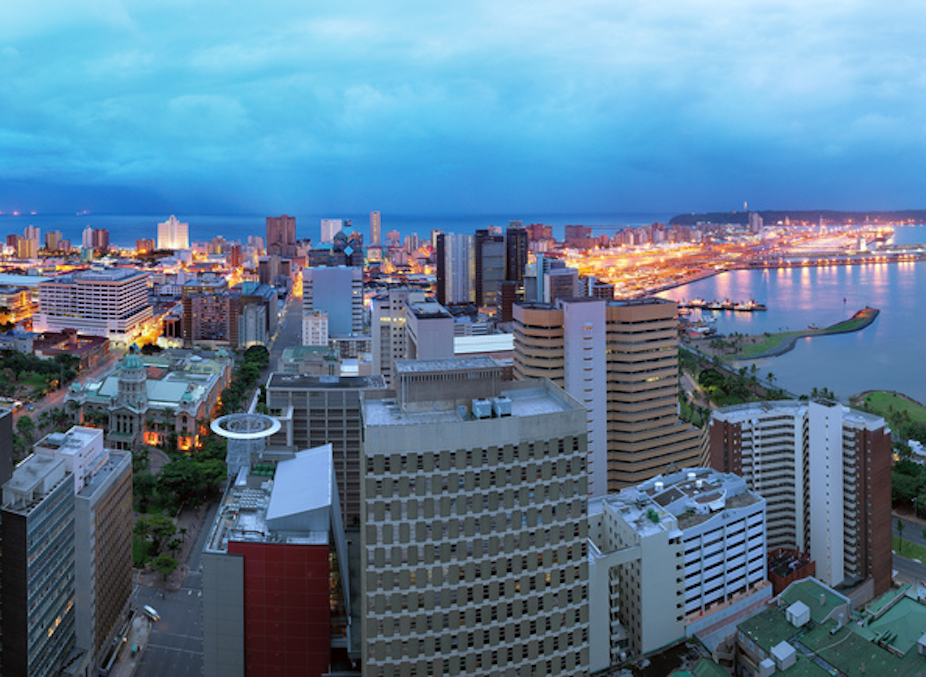DURBAN CLIMATE CHANGE CONFERENCE: Progress towards a binding international agreement on targets to tackle global warming has been more than glacial. Yet despite growing alarm among the climate science community, the UN climate conference, which begins in Durban this week, will fail to deliver any breakthrough. Indeed, many predict there won’t be any real progress until 2015 at the earliest.
Let’s recap.
In 2009 in Copenhagen, parties to the UN Climate Change treaty (UNFCCC) agreed to aspire to limit global warming to below 2ºC. But, crucially, those parties failed to agree on binding global and national mitigation targets for 2020 and 2050. Instead, as a fall-back, individual states nominated their own voluntary national targets, which were subsequently confirmed at Cancun in 2010.
The major sticking point is entrenched disagreement between developed and developing countries about the future of the Kyoto Protocol, and China’s and the United States’ jockeying for global economic supremacy.
The Kyoto Protocol’s modest but mandatory targets apply only to developed countries. They cover a first commitment period – from 2008-2012. When current commitments under the Protocol end in 2012, only voluntary national targets will remain.
The Protocol also established mechanisms for achieving these targets. these mechanisms include emissions trading, and measures for developing and exchanging carbon offsets between developed countries (the Joint Implementation Mechanism or JI), and between developed and developing countries (the Clean Development Mechanism or CDM). The architecture of these lucrative trading mechanisms is not under threat.
The United States has consistently refused to ratify the Protocol, insisting China and other major developing countries commit to binding targets (despite the Protocol and the Treaty requiring no such commitment). Attempts by President Obama and the Democrats to develop a more inclusive stratagem remain blocked by Congress. Without a shift in domestic political forces, real progress by the US on this issue is unlikely.

China – a trenchant supporter of the Protocol - has been equally stubborn in refusing to articulate a binding national target or agree to a global 2050 emissions target (while accelerating its domestic measures to slow its emissions growth).
Why does this matter? Recent reports indicate the chasm between climate science and climate policy is deepening. Despite the current economic crisis, global emissions have reached an all-time high, propelled by growth in energy use in major developing countries and consumption of manufactured goods produced there and then exported to developed countries.
The recently-released OECD’s Environmental Outlook 2012 suggests that, “without more ambitious policies than those in force today, GHG emissions will increase by another 50% by 2050, primarily driven by a projected 70% growth in CO₂ emissions from energy use”.
The OECD report projects that, without more ambitious policies, global average warming of at least 3ºC and up to 6ºC above the pre-industrial average is likely to occur by 2100. The voluntary national targets agreed upon at Cancun will deliver, at best, a “four degree world”.
International and Australian climate scientists, marine and terrestrial biologists, and agricultural scientists, consider such an outcome to be catastrophic for social, economic and ecological systems in Australia and the planet as a whole. They regard this as the critical decade for major mitigation effort.
What to do, then? Australia and Norway have jointly proposed, at Durban, a new treaty to replace the Kyoto Protocol by 2015. It includes binding mitigation targets for both developed and (only) major developing countries, and processes for scaling up ambition over time. Whether China, India and Brazil would accommodate such a shift is highly uncertain.
Rather than waiting for an international agreement, we need alternatives. Perhaps we need to look for models of success and apply them closer to home – to enhance the mitigation actions of individual nations, or groups of countries, in our region.
For a decade, the European Union – driven by its leading states, Germany and the United Kingdom – has operated as a “carbon bubble” which has adopted ambitious aggregate targets and achieved significant emissions cuts through “burden sharing” among its members. This is perhaps a model and path for Australia.
A comparable near-Asia-Pacific “carbon bubble” – using investment, technology transfer, shared governance measures, and carbon trading – could greatly improve collective mitigation targets and outcomes. Australia’s own current target of -5% below 2000 levels is alarmingly inadequate by any measure. Our own domestic effort must increase regardless.
But with regional partners – including wealthy, developed New Zealand, the heavily forested developing states of Indonesia, Papua New Guinea, and the climate-threatened Pacific Island states – Australia could help build a confident regional institution.
This way, we could produce even more significant cuts to emissions during this critical decade - and perhaps spawn similar bubbles elsewhere - rather than delaying action while waiting for an uncertain global negotiating outcome.

